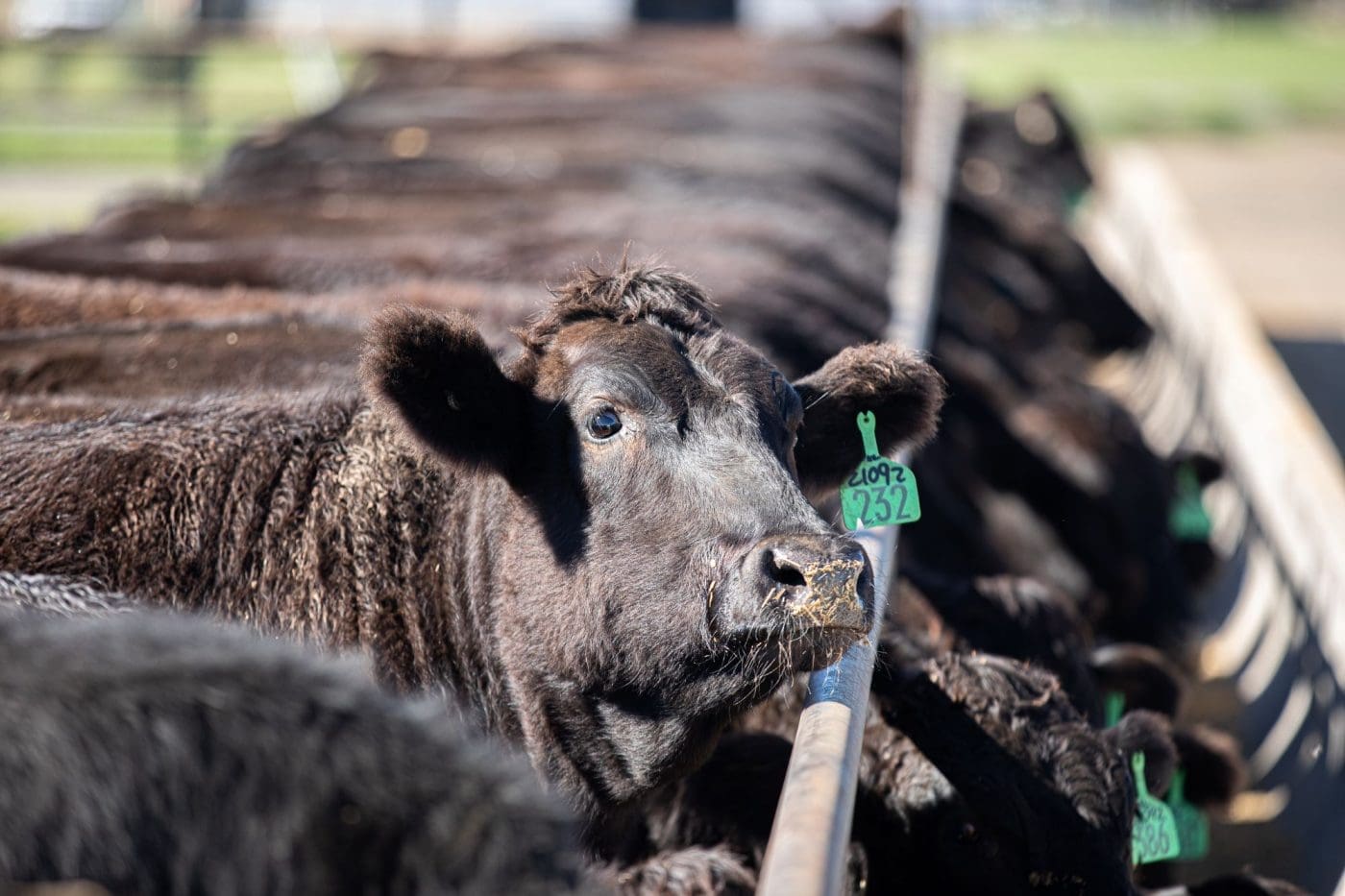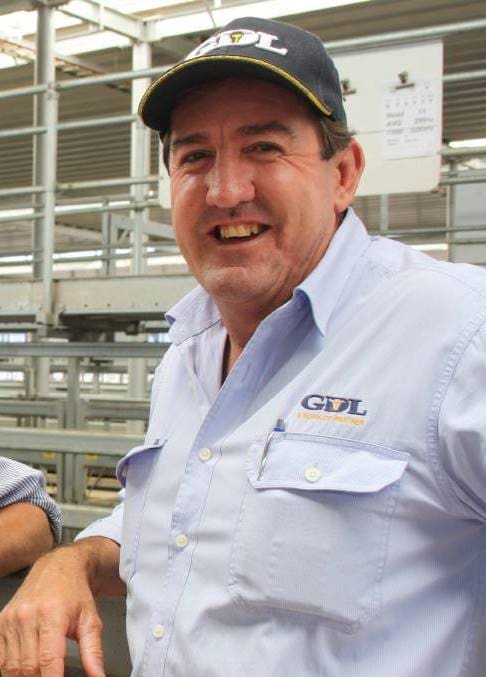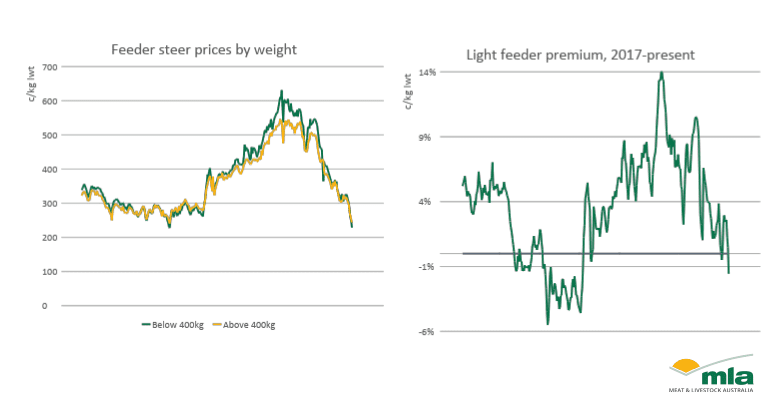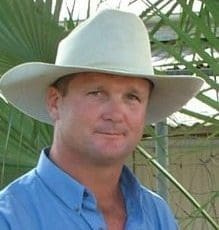THE gap between light and heavy feeder steers has well and truly closed in recent months, with the cost of gain equation making it cheaper to buy kilograms than put them on with a grain ration.
Cattle prices have taken a big slide in the past month, with the benchmark Eastern Young Cattle Indicator yesterday dipping below 400c/kg carcase weight before the Roma results came in and pushed it above 400 to close the day.
While the prices have been on the decline, heavier weight feeder cattle have been slightly more expensive, per kg, than the rest.
Queensland-based Grant Daniel Long managing director Peter Daniel said the main reason heavier feeder steers and heifers were making more money than lighter animals was because there was a market for them.
He said most of the demand for heavy feeder cattle was from lotfeeders filling forward contracts for 100 and 70-day markets – with margins still tight.
“The lotfeeders trying to maintain their contracts have been very active, although they have slowed up at the moment because we are about 100 days out from Christmas,” Mr Daniel said.
“The forward contracts have been getting cheaper and cheaper every month, while grain and all other commodities involved in a feedlot ration keeps going up every week.
“So, the feeder steer and heifer markets have been getting cheaper because the forward contracts on 100 or 70-day cattle for December or January are not very attractive along with the price of commodities going through the roof.
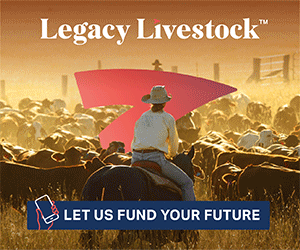 “Every time you buy cattle at the moment the market seems to drop the next week and you will find a lot of feedlots will be following that market down to compensate for those other factors.”
“Every time you buy cattle at the moment the market seems to drop the next week and you will find a lot of feedlots will be following that market down to compensate for those other factors.”
Lack of rain has largely been attributed to the steep drop in the prices of lighter cattle, with many areas of Southern Qld and New South Wales running of short of feed. Mr Daniel said supplementary feeding was hard to justify.
“If you had to supplementary feed at the moment, the cost of gain would be horrendous so there is not much confidence from backgrounders wanting to buy those lighter cattle,” he said.
“That is why suitable feeder steers are still ahead of anything else because there is actually a market for them.”
Ration prices make custom feeding tough
With feedlot operators still working on tight margins, Mr Daniel said there was not much appetite for opportunistic lotfeeding.
“Something that is making the market a bit cheaper at the moment is the amount of cattle taking up feedlot space for the spot market,” he said.
“But the custom feeding ration price is so dear it should discourage you from feeding cattle on the spot market.”
Similar sentiment was evident at today’s Dalby cattle sale, with many remarking that a lot of the usual “speculators” were not present.
Good quality cattle that fell within the specifications of the feedlot programs were still selling, but cattle falling out of spec or not as a good a quality were struggling to sell.
Increase in prices “the real correction”
Further west where the season has been better, Longreach-based Nutrien Harcourts agent Boyd Curran said himself and some of his clients have been purchasing backgrounding cattle in anticipation for a better market next year.
He said with American production on the decline, the international meat market was pointing in the favour of the Australian beef industry.
“People always use the word ‘correction’ in prices when the market drops, but I think the real correction in this case will be when it increases,” Mr Curran said.
“So, we have been taking advantage of the slide in prices on light cattle and buying some of the better-quality steers and heifers at the Roma and Blackall sales with a view that we can get them through to that heavier feeder weight early next year and there will be a significant upside in prices.
“I’m hopeful that our meatworks will be able to fill their labour requirements they have and get back to killing at capacity. Because we want the meatworks making money so they can reward the producers.”

